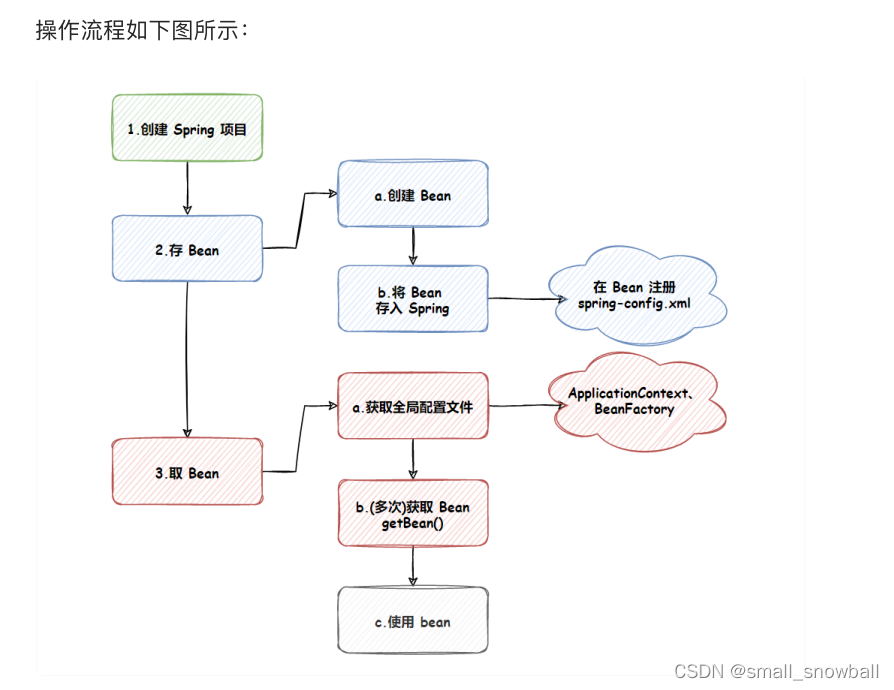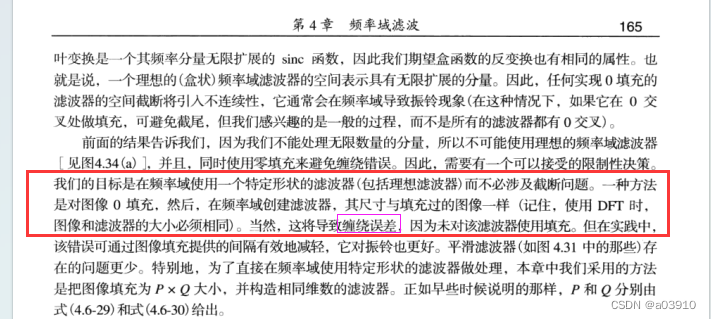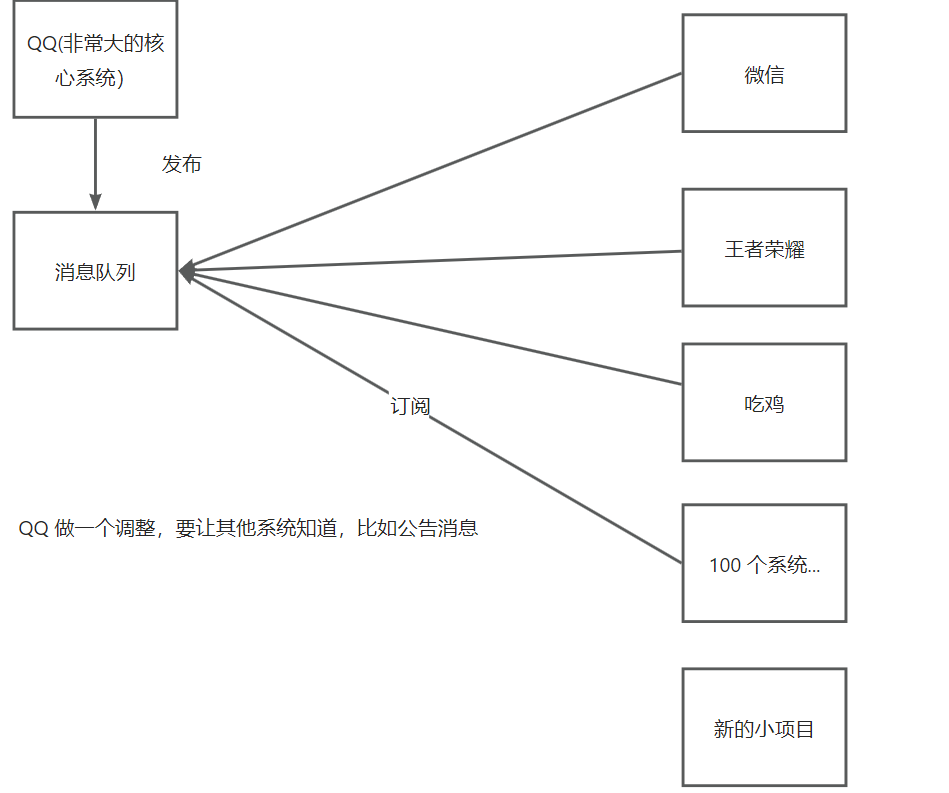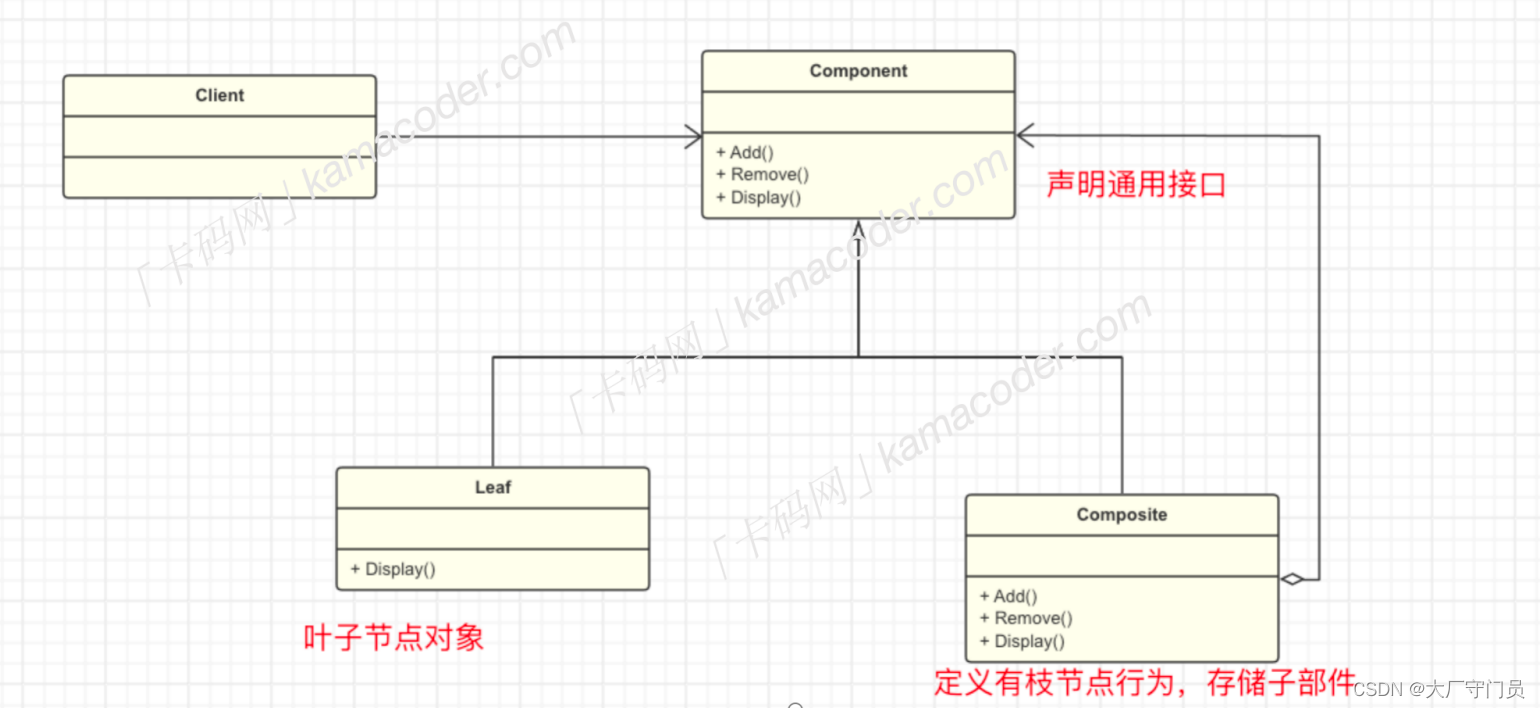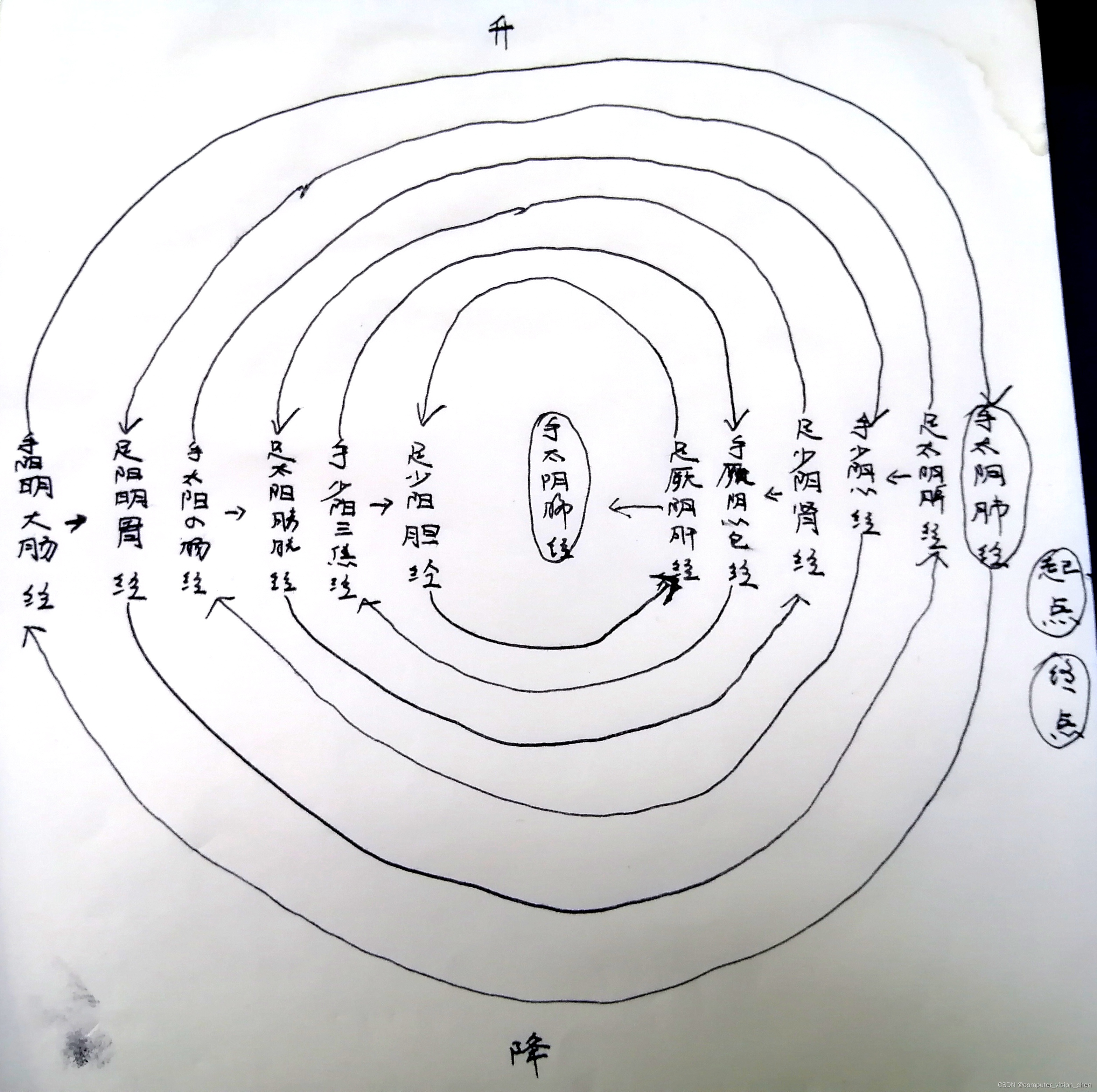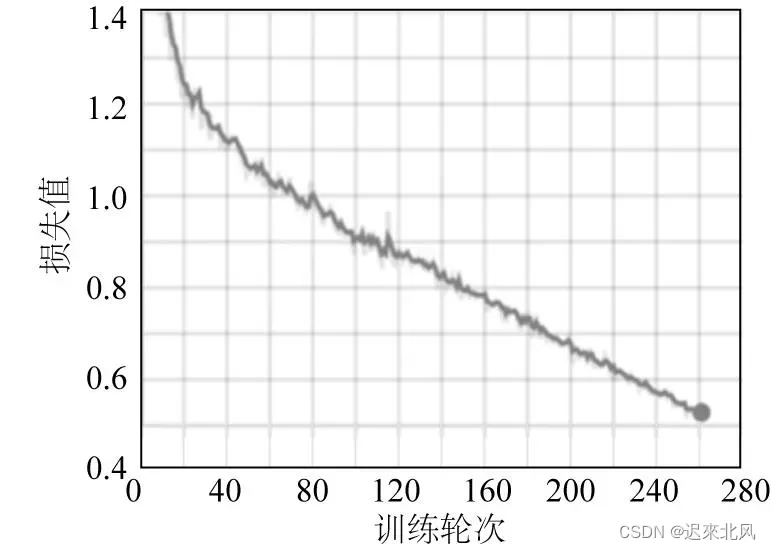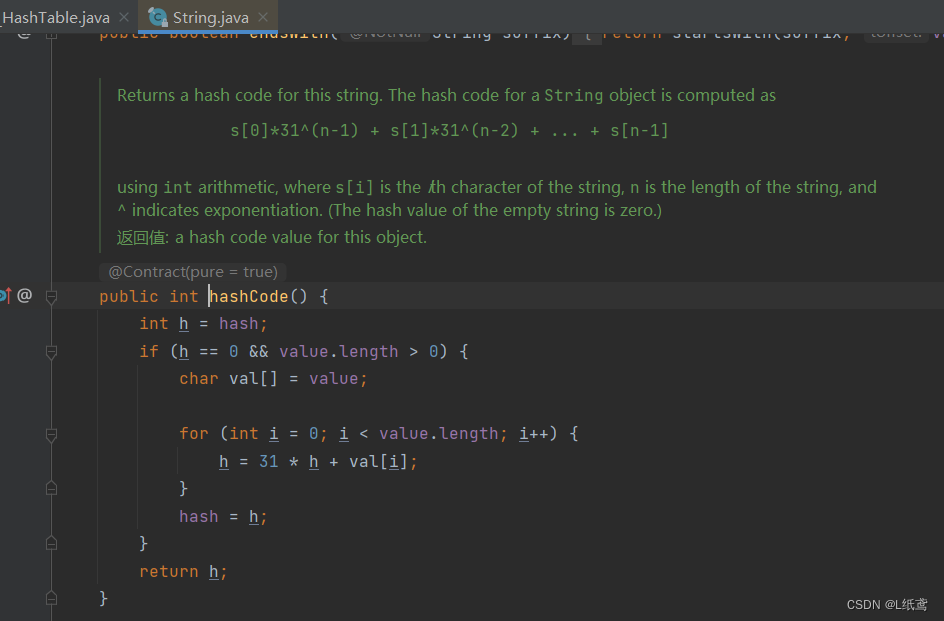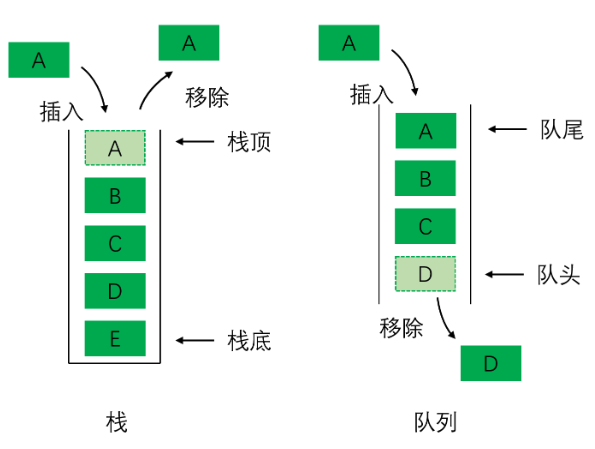Spring
Spring:包含众多方法的 IoC 容器.,是一个集成很多方法的框架,让应用程序开发更加简单.
IoC:Inversion of Control 翻译成中⽂是“控制反转”的意思. 这是一个设计思想,而不是一个具体的实现方式.该思想就是把原本在程序中手动创建对象的控制权,交给 Spring 框架来处理.
控制:即对象创建(实例化)管理的权力;
反转:即将上述控制的权力交给 Spring 来执行;
情景代入:
工厂造车。一个完整的车是由好多个部件的构成的,即车依赖这些部件。那么工厂造车的顺序就是先将各个部件造完,然后才能造出一个完整的车。如下图:
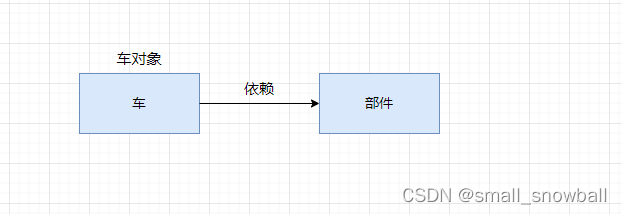
当引入 IoC 容器思想后,即将这些部件的生产放到 IoC 容器中,在生产车的时候,只需要将部件的参数(例如轮子大小等)给 IoC 容器,此时 Spring 框架就会自己生产出来所需要的配件,方便车的生产。如下图:
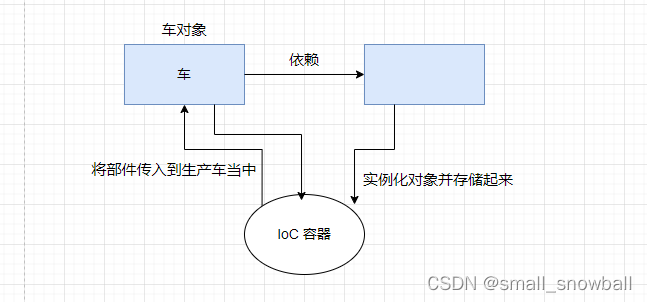
上述将对象之间的依赖关系交给 IoC 容器来管理,并且由 IoC 容器完成对象 / 依赖的注入(对应上图的部件传入)。这样一来,很大程度上简化了开发过程,也将对象之间的依赖关系弱化(解耦)。
小结:
- IoC容器就像这个工厂一样,我们不需要知道具体是怎么生产的,只需要将部件的参数给 IoC 容器即可,它就会帮我们生产出来
- 换言之,
IoC 容器就像是一个工厂,当我们需要创建一个对象的时候,只需要将配置文件配置即可,期间不用考虑具体的实现
那么我们如何将对象存储到 IoC 容器中,如何将对象从容器中取出来呢?(Spring 基本的功能)请看下面。
补充:依赖注入(DI)
所谓依赖注⼊,就是由 IoC 容器在运⾏期间,动态地将某种依赖关系注⼊到对象之中。所以,依赖注⼊(DI)和控制反转(IoC)是从不同的⻆度的描述的同⼀件事情,就是指通过引⼊ IoC 容器,利⽤依赖关系注⼊的⽅式,实现对象之间的解耦。
IoC 是“⽬标”也是⼀种思想,⽽⽬标和思想只是⼀种指导原则,最终还是要有可⾏的落地⽅案,⽽ DI 就属于具体的实现。
例如上述场景,工厂造车,造大众呀还是造法拉利呀,用哪个部件造呀!即造车是目标(IoC),大众、法拉利、部件是具体实现(DI).
Spring 创建
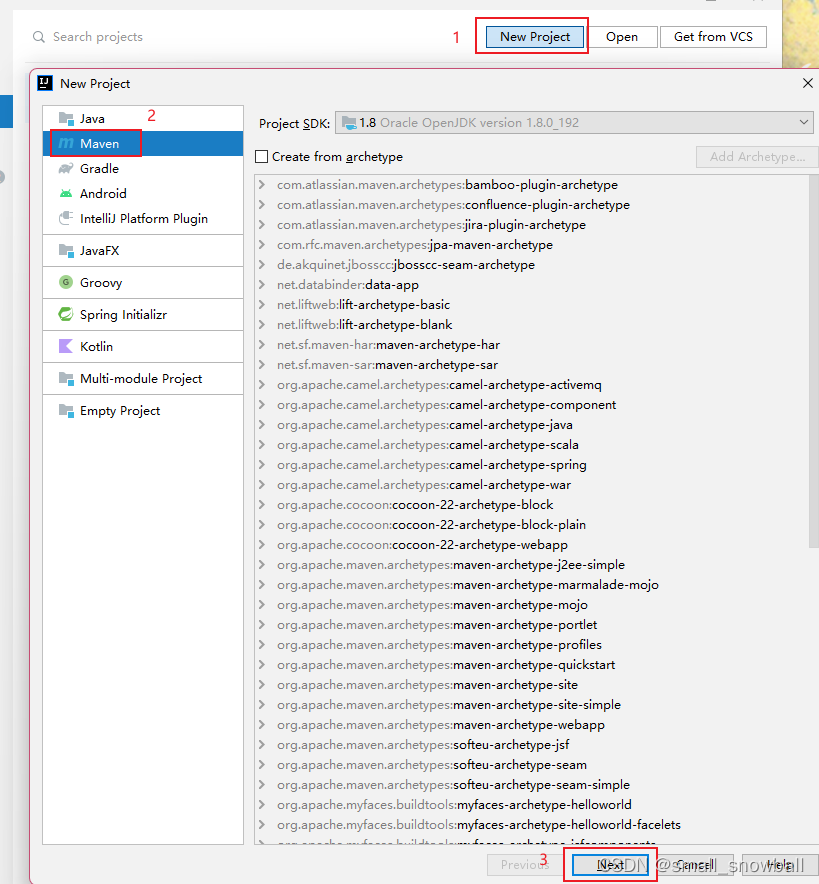
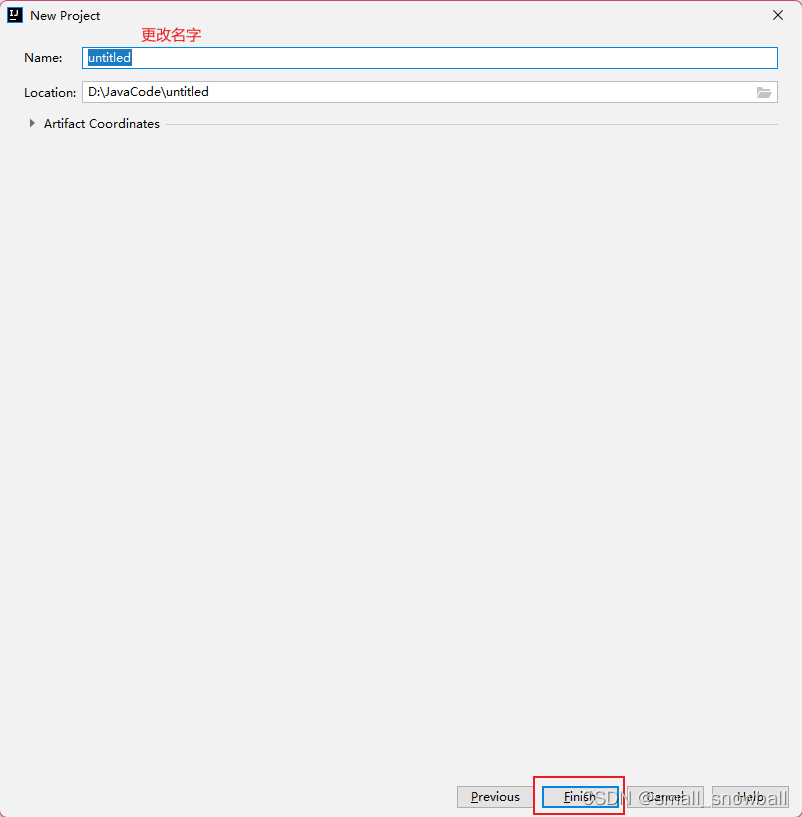
创建完成后如下图:
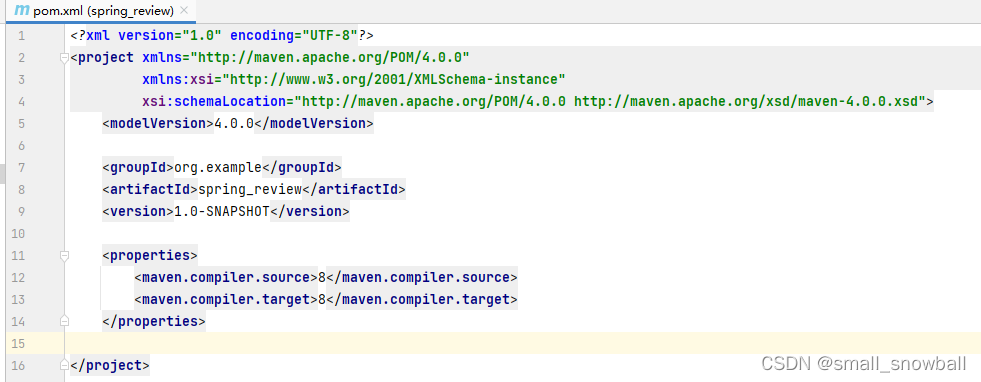
添加依赖(Spring 框架支持):
<dependencies>
<dependency>
<groupId>org.springframework</groupId>
<artifactId>spring-context</artifactId>
<version>5.2.3.RELEASE</version>
</dependency>
<dependency>
<groupId>org.springframework</groupId>
<artifactId>spring-beans</artifactId>
<version>5.2.3.RELEASE</version>
</dependency>
</dependencies>
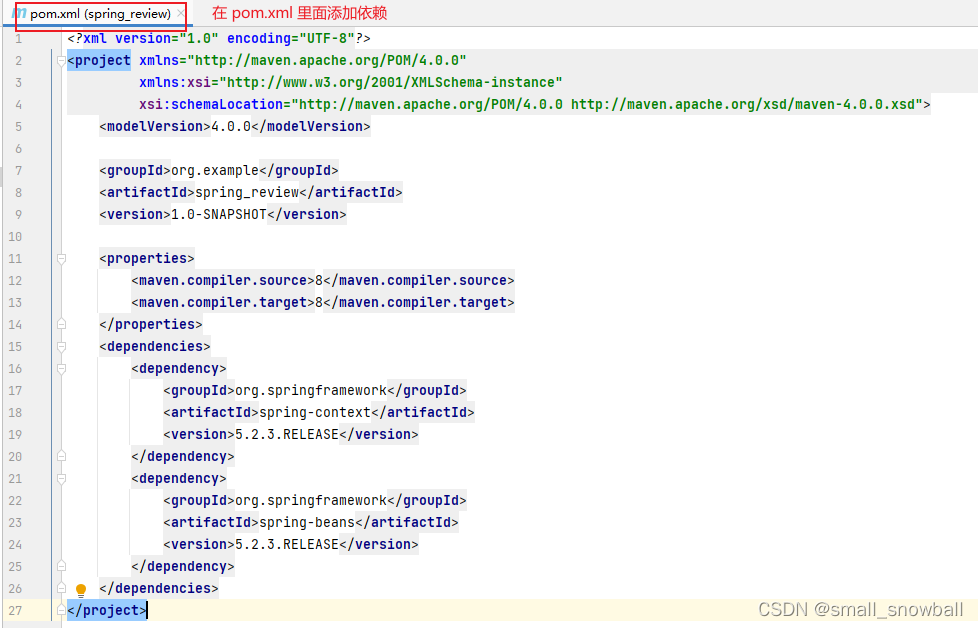
右上角点击加载即可。

在 java 文件夹下面创建一个启动类:

创建 Bean
所谓的 Bean 就是 Java 语⾔中的⼀个普通对象。
创建一个类:

将 Bean 注册到容器
在创建好的项⽬中添加 Spring 配置⽂件 spring-config.xml,如下创建一个 xml 文件:


在该 xml 文件中添加 Spring 配置文件(固定的):
<?xml version="1.0" encoding="UTF-8"?>
<beans xmlns="http://www.springframework.org/schema/beans"
xmlns:xsi="http://www.w3.org/2001/XMLSchema-instance"
xsi:schemaLocation="http://www.springframework.org/schema/beans http://www.springframework.org/schema/beans/spring-beans.xsd">
</beans>
然后在将 Student 对象注册到 Spring 中即可,具体操作是在 中添加如下配置:

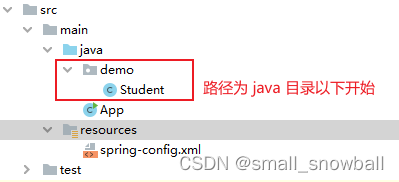
获取并使用 Bean 对象
- 创建上下文,获取 Spring 上下文对象
- 获取上述指定 Bean 对象
- 使用 Bean,此处为调用对应方法输出结果
public class App {
public static void main(String[] args) {
// 1. 得到容器对象
ApplicationContext context = new ClassPathXmlApplicationContext("spring-config.xml");
// 2. 加载 Bean(Student)
Student student = (Student) context.getBean("student");
// 3. 调用对应方法
System.out.println(student.sayHello("zhangSan"));
}
}
注意:


到此,Spring 就可以启动了。

补充
得到容器对象的第二种方法
除了 ApplicationContext 之外,还可以使⽤ BeanFactory 来获取 Spring 的上下⽂.如下:
public class App {
public static void main(String[] args) {
// 1. 得到容器对象
//ApplicationContext context = new ClassPathXmlApplicationContext("spring-config.xml"); // 第一种
BeanFactory beanFactory = new XmlBeanFactory(new ClassPathResource("spring-config.xml")); // 第二种
// 2. 加载 Bean(Student)
Student student = (Student) beanFactory.getBean("student");
// 3. 调用对应方法
System.out.println(student.sayHello("zhangSan"));
}
}

两者的区别:
- 继承关系和功能⽅⾯:Spring 容器有两个顶级的接⼝(BeanFactory 和 ApplicationContext)。其中 BeanFactory 提供了基础访问容器的能⼒,而 ApplicationContext 属于 BeanFactory 的⼦类,它除了继承了 BeanFactory 的所有功能之外,它还拥有独特的特性,还添加了对国际化、资源访问、以及事件传播等⽅⾯的⽀持。
- 性能方面:ApplicationContext 是⼀次性加载并初始化所有的 Bean 对象,⽽ BeanFactory 是需要哪个才去加载哪个,因此更加轻量。
获取 Bean 的其它方法
public class App {
public static void main(String[] args) {
// 1. 得到容器对象
ApplicationContext context = new ClassPathXmlApplicationContext("spring-config.xml"); // 第一种
//BeanFactory beanFactory = new XmlBeanFactory(new ClassPathResource("spring-config.xml")); // 第二种
// 2. 加载 Bean(Student)
//Student student = (Student) beanFactory.getBean("student"); // 第一种获取 Bean 的方法
Student student = context.getBean(Student.class); // 第二种方法. 该方法根据类型获取 Bean
//Student student = context.getBean("student",Student.class); // 第三种方法. 与第二种的区别是 当有⼀个类型被重复注册到 spring-config.xml 中时,只能使用 id 获取了
// 3. 调用对应方法
System.out.println(student.sayHello("zhangSan"));
}
}
总结
- 获得容器,即创建 Spring 项目
- 存对象
- 创建 Bean (即创建类)
- 将 Bean 注册到 spring-config.xml 中
- 取对象
- 得到 Spring 上下文,读取 Spring 配置文件
- 获取某一个 Bean 对象
- 使用 Bean 对象
